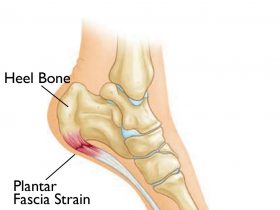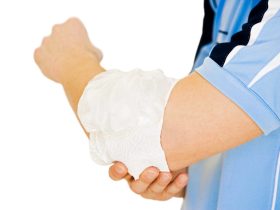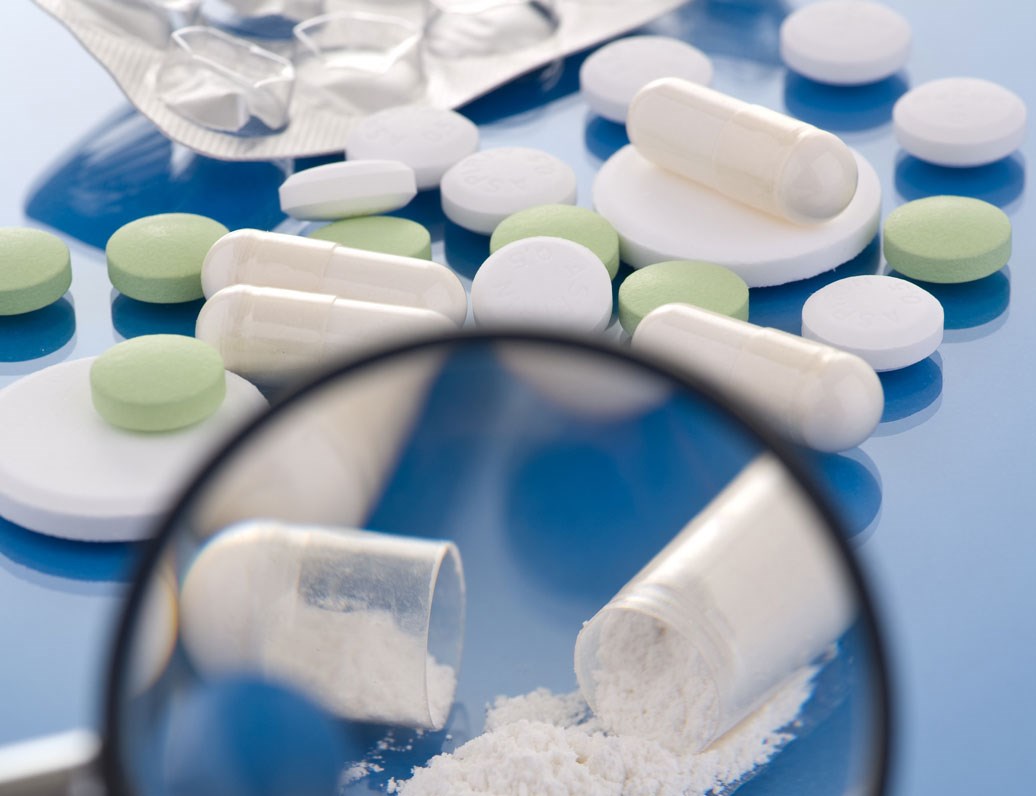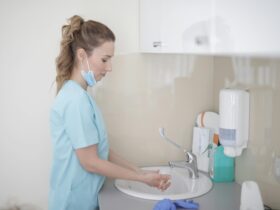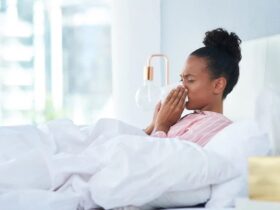Contamination can occur anytime throughout the manufacturing process. When this contamination pertains to pharmaceutical manufacturing, the results could be disastrous. Below, we’ll briefly go over common sources of pharmaceutical contamination, what to do when it occurs and how to better prevent it going forward.
How might a drug or pharmaceutical product become contaminated during production? A lot of it comes down to the adherence to proper microbiology practices. A microbiology laboratory is a highly sensitive environment, since the personnel working there handle a variety of potentially hazardous chemical and biological agents. These agents may even be pathogenic or radioactive, depending on the nature of the work.
According to an analysis of FDA Enforcement Reports, extremely poor microbiology practices were indicated as the source of unidentified microbial contamination in a significant percentage of both non-sterile and sterile drug recalls. As such, following the strict practices and protocols in place within a microbiology laboratory or similar setting is essential in ensuring the safety of the final products as well as the personnel.
When there are lapses somewhere along the line, it allows contaminants to enter the production process stream. These errors may be the result of poor facility or equipment design, insufficient personnel training, material storage mistakes, ineffective filtration of the air supply, cross-contamination and so on.
For instance, personnel responsible for performing drug manufacturing or control may be the source of microbiological contamination and a vector for other contaminants through lab malpractices. These misconducts could include drinking beverages, eating or even using tobacco in the processing and storage areas. Personnel could also cause contamination through inadequate personal protective equipment use and poor hygiene practices.
Knowing what to do when contamination occurs is essential. Thorough testing is required to successfully identify the source or issue that has led to contamination. To best adhere to industry regulations, pharmaceutical and biopharmaceutical contaminant testing services should be utilized. Once the issue has been identified and addressed, the area should be properly decontaminated and re-tested to ensure the environment is once again sterile.
Contamination prevention is key. After a contamination event occurs, the prevention protocols should be updated and any lapses addressed. These may include defective equipment, poor material handling or even a facility failing, such as improper ventilation or air filtration. With continual updates and reassessments, prevention protocols might be enhanced and the facilities and personnel practices improved going forward.
Want to learn more about responding to a pharmaceutical contamination? Check out the accompanying resource for further information.
Infographic created by BA Sciences, offering a wide array of pharmaceutical analytical testing services
https://www.d.umn.edu/~rhicks/genmicro/Microbiology%20Lab%20Safety.pdf

